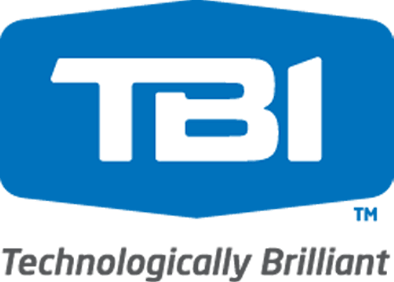Sean walked into the Talon Industries office prepared for the worst. Talon, a twenty person freight management company, had called Sean’s IT services office on a Saturday in a panic and as luck would have it, Sean was theone who took the call. The server used to host all of Talon’s applications refused to power up and the team was in a panic. Sean walked up to the desk of the office manager, Gordon, to start diagnosing the problem and see if he could help.
It didn’t take long for him to realize the issue. “Gordon,” he said, “I know we just met, but I’m going to level with you already. This hardware you are using is old….REALLY old. The newest workstation is running Windows XP and this server was manufactured by a company that doesn’t even exist anymore. If you really want my help, you’ll need to refresh most everything in here right away. I might be able to help with what happened to the server, but it won’t be long before another issue creeps up. If you keep using these machines, you’re going to have more and more problems.”

A refresh cycle is continuous. Image courtesy of Repro Haus.
Gordon already knew the score. He’d been speaking with management for years about updating the hardware and had received so much pushback that he’d dropped the conversation altogether. Now it was coming back to bite the entire organization. “I’d love to, Sean, but they won’t approve the expense, even in a lease option. I’m really not sure what to do at this point.”
Working with a client on hardware refresh planning can often feel like pulling teeth. If your customer isn’t properly prepared and anticipating the need for new hardware on a regular basis, then the significant cost outlay involved can be quite a shock to the system. Even worse, the client may avoid or put off the refresh for so long that their machines are all out of warranty and the software is unsupported. And as luck would have it, that’s when mission-critical failures will start to happen.

There are many options available for repurposing old hardware.
Image courtesy of Tech Resale.
The most common objection to refreshing hardware on a regular basis among small and medium businesses is cost. Even with benefits that can be found in asset depreciation or “hardware as a service” and lease options, many organizations simply can’t foresee spending a large amount of money all at once to keep their infrastructure running optimally. A few smaller businesses will refresh 1/3 of their hardware each year on a three year cycle, but most follow a different plan: “If it breaks and can’t be fixed, we’ll break down and buy a new one.”
Here are some simple steps that make hardware refreshes significantly easier.
- Plan WAY in advance. The best way to remove any interruption in business continuity and minimize the impact of an added expenditure is to plan and budget for your hardware refresh cycle long before it is to take place.
- Break it into manageable pieces. There really is no need to refresh everything at once. We suggest a three year cycle for workstations and servers, provided you purchased a three year warranty on each machine.
- Standardize across the organization. Unless you are in a BYOD environment, it is a great idea to standardize hardware across the organization. For example, your workstation environment should refresh so that all machines are using the same operating system and same productivity software.
- Examine your payment options. The competitive technology sector offers a wide range of options for acquiring hardware. From purchasing gently-used hardware, to lease options, to vendors that will offer you money for your old, outdated hardware, there are many ways available to minimize the cash outlay that used to be required for a hardware refresh.

New workstations ready for deployment.
Image courtesy of Dottech.org
Having hardware on irregular refresh cycles can lead to a host of problems. From keeping up with software licenses to the time it takes to setup and configure a new machine, the incremental costs of refreshing hardware only when it is necessary add up to outweigh the costs of an organized and orderly hardware transition. Click here to learn more about Mosaic NetworX can help not only with infrastructure planning, but also support and service as well!






